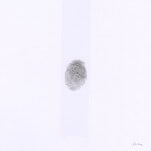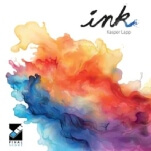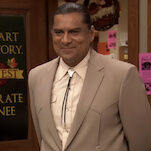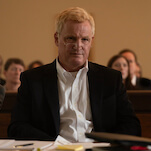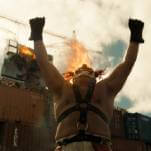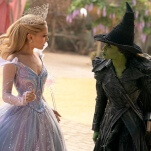Fun fact: the practice of embalming cadavers first became widespread during the Civil War. The sheer volume of dead bodies on the battlefields hastened the adoption of a method for transporting corpses long distances, so distraught family members could glimpse the “beautiful memory picture” of a cosmetically altered face in seeming serenity. Loved ones needed proof that their soldiers died at peace.
That’s the kind of Jeopardy! tidbit that gives books like Making An Exit: From The Magnificent To The Macabre—How We Dignify The Dead their reason for being. In the case of this book—an exploration of the various ways humans tend to the deceased—there’s being, and there’s nothingness. Reporter Sarah Murray takes the death of her father, a British atheist who kept brochures on cremation and natural burial in a folder labeled “How To End It!”, as an occasion to travel the globe in search of cultural differences in cadaver disposal and commemoration. “Writers often tell us about places we must see before we die,” she writes. “I want to explore some of the ones we end up in when we’re dead.”
She visits Iran, where she observes Muharram, a traditional ceremony in which the population emphatically grieves the martyrdom of a seventh-century warrior. In a Sicilian suburb, she traipses through the Capuchin Catacombs, home to 8,000 mummified former residents. She goes to Ghana to order a custom coffin in the shape of the Empire State Building, which she imagines she’ll use as a liquor cabinet. (The Ghanaian craftsmen also make big Coke bottles, chickens, elephants, and other designs that serve as festive caskets.)
In spite of her purchase, Murray is no fan of the gaudy excesses of the funeral industry. Meanwhile, she learns that cremation isn’t especially environmentally friendly. Ultimately, she settles on a plan for her own demise, as far off as it may be: She wants to be “resomated” in a relatively new process that involves being immersed in an alkaline solution, accelerating decomposition and leaving a familiar urn of ashes. “Think of it as the last hot bath you’ll ever take,” one proponent explains.
A sort of companion volume to Stiff, Mary Roach’s wonderfully eccentric study of corpse disposal, Making An Exit has wide appeal: In spite of our finest doctors’ best efforts, she notes, quoting The Onion, “the global death rate remains constant at 100 percent.” But by the time she answers her own question about what people expect to find in the afterlife (“The answer is, different things”), she’s lost some of her audience. Hey—she’ll lose us all eventually anyway.











